How to prep for a sailing regatta
In 2019 we sponsored the UK Moth Nationals, which took place down at Castle Cove, Weymouth. If you’re not familiar with the Moth class, they’re extremely high-performance dinghies that use hydrofoils to lift their super light carbon fibre hulls out of the water, enabling them to reach speeds in excess of 30 knots. We were thrilled to be sponsoring event so heavily focused on the latest sailing tech and innovation, as it’s something we’re so passionate about ourselves.
To sail these boats effectively and competitively requires a huge amount of skill and discipline, so you can guarantee that they were all prepping for a while before this event. If you’re new to racing, you might be wondering what that prep entails though.
Luckily, we’ve put together the ultimate checklist of how to get ready for your next regatta, so you don’t find yourself caught out at the start line.
Check the weather
Keep an eye on the forecast in the 10 days running up to the regatta, as this will inform your decision when you’re choosing which layers to take, and if it’s going to be a howling gale, you may need a bit of time to make some adjustments to your boat.
Tide maps
One for the coastal sailors. Its always worth having a quick look at the tide maps in the area you will be racing. It will help you get an understanding of the sailing area and can provide a tactical advantage (most if not all the sailors at the pointy end of the fleet will have a good understanding of the local tides).
Check your boat
Make sure you’ve fully rigged your boat up and ideally taken it out for a test sail just before the regatta, so you can check for any damage, such as rips in the sail, fraying ropes, bent shackles or a dodgy bailer. You’ll be kicking yourself if you’re rigging up on the first day of racing and you realise something’s broken or missing.
Spring clean
Clear out the trailer box/car and have a check list of the essentials you need. De cluttering will make it much easier to find things at the event and will help to ensure you only take what you need.
Take spares
Accidents happen and you never know when something might break mid-regatta, so it’s useful having a few spare bits of rope as well as spare sailing parts, such as shackles, bungs and cleats on hand in case you need them.
Don’t forget to pack all your kit
Finding yourself without a buoyancy aid on race day may result in you not being allowed to race if you can’t borrow one. The essentials are:
- Buoyancy aid – an essential for dinghy sailing. Having a buoyancy aid with a good size pocket is perfect for holding your spare rope, shackles, a rescue tool (although it is vital that this is easily accessible), and snacks for when you’re waiting around between races.
- Race watch – getting a good start can make or break your race, so having a race watch that can do a 5-4-1-GO countdown timer will make all the difference.
- Sunglasses - No matter how cloudy it's forcasted to be sunglasses when sailing is a must becuase there can be much more glare than there is on land because of the extra glare reflecting off the water and the white sails. If you need help choose, heres our sailing sunglasses guide. If it is sunny you may also want to pack suncream.
- Layers – even if you’ve triple checked the forecast, the weather can be so unpredictable at sea, so pack lots of different layers to give yourself options. Think dinghy wetsuits, spray tops, rash vests and neoprene or thermal tops.
- Gloves - Checking gloves is vital, its never fun turning up with two left hand gloves and no right. Also they are a key contact point with the boat, you want to wear the same type and brand of glove you normally sail in so you're familiar with grip levels and feel.
- Boots - Essential to check. If your boots are worn down they may give up during the event and a hole in your boot leads very quickly to a hole in whatever is underneath.
-
Headwear - Either a Beanie, Visor or Hat will keep your head warm or the sun out of your eyes.
- Dry kit for the next day – sitting around waiting for the start in yesterday’s damp kit is no fun at all, try and take enough kit to alternate if you can.
- Safety tool – marine tools are ideal for quick fixes on the boat and cutting yourself free of any tangled ropes should you need to. Make sure you keep it somewhere you can grab easily. Some buoyancy aids have special easy-access pockets for this specific reason.
- Rig tension gage - you will have to take your boat apart to travel (if dinghy sailing) so a rig gauge will allow you to perfectly replicate your normal settings.
Get to know the sailing area
If you’re not sailing from your usual club, it’s well worth taking the time to familiarise yourself with the sailing area. Check where it gets shallow, if there are rocks under the surface, any currents you may need to be aware of, the usual wind patterns and if there are any ferries or large vessels that regularly pass through.
Find out where you can park and launch from
No one wants to be driving round in circles on the morning of a race with nowhere to park and nowhere to launch.
Remember food and water
Take sufficient snacks to keep you going throughout the day, and find somewhere to store a water bottle on board where you won’t lose it. Bungee is a great way to attach your bottle to a boat.
Don’t miss the briefing!
Know what time the briefing starts and get there a few minutes early. The Race Officer won't usually be keen to repeat important information about the day's racing for latecomers, and you'll find it pretty tricky to come first if you're relying on following other boats to know the course!
--
Written by Eliza Tilbury
Updated on 12th May 2021
Originally published on 11th September 2019 in Sailing

















































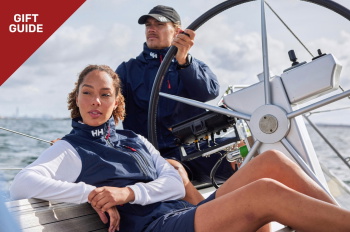
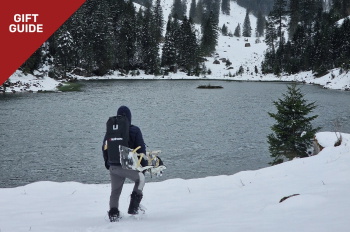


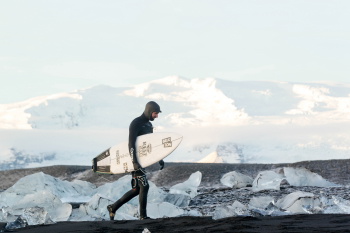
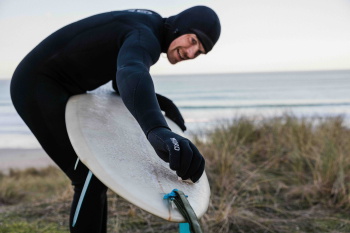

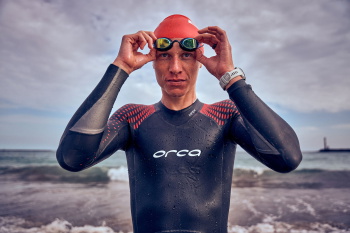
 Visit the US site
Visit the US site  Weiter nach DE
Weiter nach DE